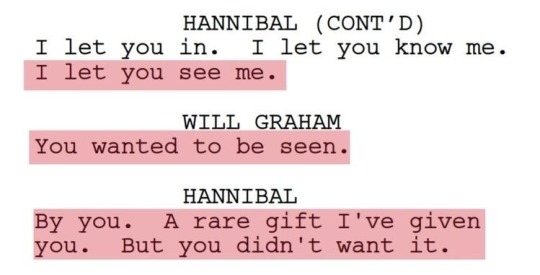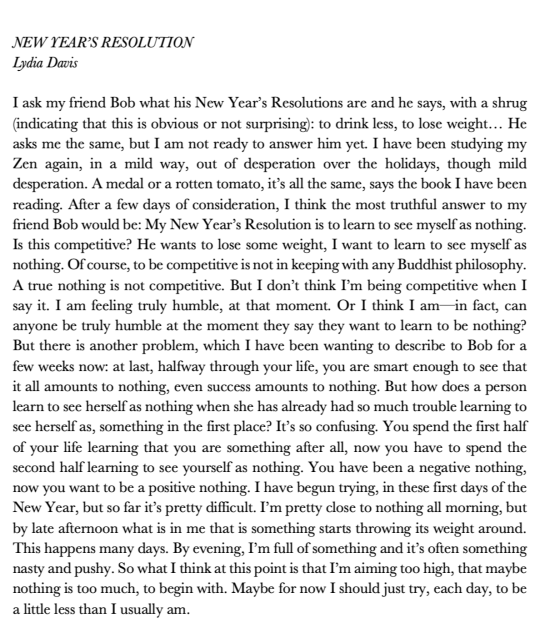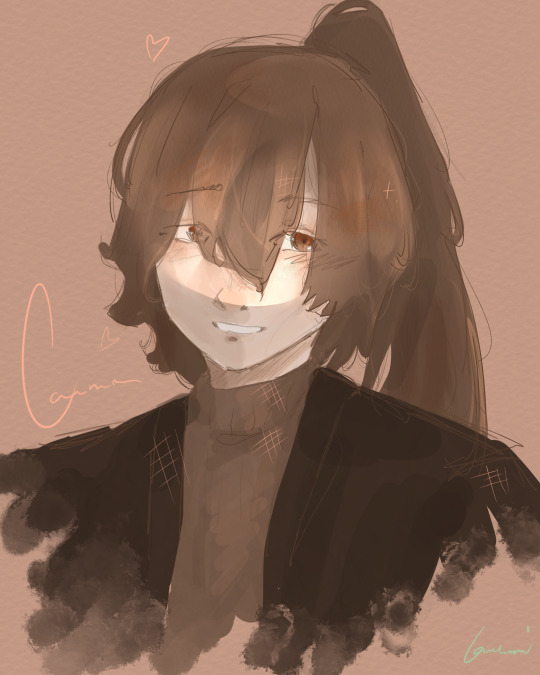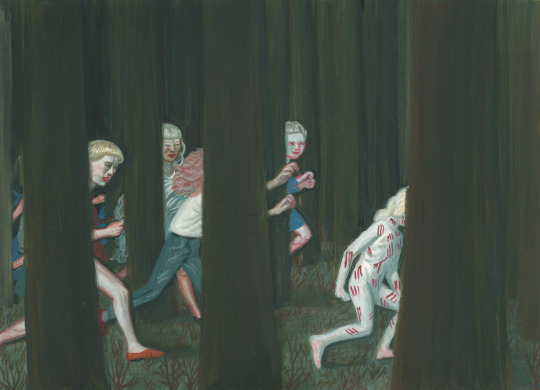#selfhood
Explore tagged Tumblr posts
Text

not even an obscure canon call could save me.
#fictionkin#otherkin#fictive#irl#kinning#kin#selfhood#ID#fucking help me#canoncall#canon call#canon calls#yeah
470 notes
·
View notes
Text

Leila Chatti, “Tea”
33K notes
·
View notes
Text
The equivalent, in Heidegger’s philosophy, of the experience of selfhood is the understanding of one’s being, and for Heidegger the ontological ground for the meaning of one’s being is temporality. That is, it is the ecstatical unity of temporality that makes possible the coherence and meaningfulness of our existence. If Heidegger was right, then his ontological analysis helps us to grasp that trauma, in altering the structure of temporality, of necessity also disrupts one’s understanding of one’s being; it fractures one’s sense of unitary selfhood. I am suggesting that clinical features typically explained as dissociation and multiplicity can additionally be comprehended in terms of the impact of contexts of trauma in disorganizing and reorganizing one’s sense of being-in-time.
Robert D. Stolorow, Trauma and Human Existence
#robert d. stolorow#psychology#psychoanalysis#philosophy#selfhood#trauma#martin heidegger#heidegger#excerpts#quotes#p
149 notes
·
View notes
Text
I think a lot of [Severance] has to do with the life unlived. What would happen if I fell in love with a different person? What would happen if I didn’t have this condition? All of these different questions start to get explored and it quickly becomes difficult to reconcile who has the rights to experience and to call themselves a self.
—Critics at Large

Gif by @emziess 🖤
#alexandra schwartz#the new yorker#naomi fry#vinson cunningham#severance 2.09#selfhood#personhood#doubles#the road not taken#dylan george#gothic#severance#severance spoilers
47 notes
·
View notes
Text

SHADOW KINSONA THIS IS WHAT I LOOK LIKE IF U CARE ^_^
#nixie draws sonic#Sonic the hedgehog#sth#sth fanart#kinsona#shadow the hedgehog#shadow the hedghog fanart#Sonic the hedgehog fanart#selfhood#me irl#heh. get my username now#Sonic fanart#shadow#truesona#sona#sona art#THOUGHT I SHOULD CLARIFY#THE QUOTE UNQUOTE SHE MENTIONED IN THE DRAWING#IS SUPPOSED TO BE MY GIRLFRIEND’S SONIC KINSONA
26 notes
·
View notes
Text

What are the boundaries between self and performance?
#metamorphicmuse#dall e#ai male#ai image#ai artwork#male beauty#handsome male#gay art#masculine#ai art#dressing room#costume#selfhood#vintage#performer
16 notes
·
View notes
Text







oscar wilde, salome // phoebe waller-bridge, fleabag // richard siken, portrait of fryderyk in shifting light // brian fuller, hannibal // agnes varda, jane b. by agnes v.
#to be seen#love#self image#oscar wilde#salome#fleabag#phoebe waller bridge#richard siken#hannibal#hannigram#hannibal lecter#will graham#jane birkin#agnes varda#jane b#selfhood
164 notes
·
View notes
Text

74 notes
·
View notes
Text
Quick portraits


#carmen lobcorp#carmen lobotomy corporation#pjm#pjmoon#netzach#netzach lobcorp#netzach lobotomy corporation#lobcorp#lcorp#lobotomy corporation#nzart#selfhood#sourcepost
38 notes
·
View notes
Text







i'm all the people i've ever loved
loseness lines over time by olivia de recat, @i-wrotethisforme, Kaveh Akbar, Olivie Blake
#web weavings#paralells#quotes#literature#i love it when humaneness happens#peoplehood#selfhood#olivie blake#love and longing come hand in hand
23K notes
·
View notes
Text

Frank Schawlow, "Temporality Revisited: Kierkegaard and the Transitive Character of Time"
123 notes
·
View notes
Text

The Thing He Hides That Makes Him Feel Most Like Himself
It lives in a drawer, or a box, or a fold of memory—
not hidden out of fear,
but wrapped in the softness of what still matters.
It’s not for everyone.
It doesn’t need to be understood
to be real.
Sometimes, when the house is quiet
and the light comes in just right,
he opens it like a ritual,
not to remember—
but to return.
We all have something kept, not hidden. What's in your drawer?
#metamorphicmuse#dall e#ai male#ai image#ai artwork#handsome male#ai art#gay art#masculine#treasure#the things we carry#male beauty#selfhood#what makes us whole#memory box#challenge
15 notes
·
View notes
Text






unknown, untitled // sylvia plath, the unabridged journals of sylvia plath // aleksandra waliszewska, untitled from the painting series nasty children // shizuka mariya, everything eventually goes into the ground // jenny zhang, sour girl // frida kahlo, two fridas
#girlhood#selfhood#bpd#identity crisis#self journey#sylvia plath#shizuka mariya#frida kahlo#aleksandra waliszewska#art#the unabridged journals of sylvia plath#web weaves#web weavings
69 notes
·
View notes
Text
Vent.

Being twisted wasn't..the best experience. I cried a lot and held onto myself whenever I was by myself.
2 notes
·
View notes
Text
But independence is not the sole preserve of widows and singles. It can also occur in the home itself, right under a husband's nose. This is indeed the symbolism of the witch's nocturnal flights, which lead her to desert the marital bed, escaping the sleeping man's vigilance, to straddle her broomstick and take off for the sabbath. In the demonologists' tirades, which betray the masculine obsessions of their times, the witch's flight, as Armelle Le Bras-Chopard describes it, represents:
“a freedom to come and go, not only without the husband's permission but generally without his knowledge (unless he is a witch himself) and even to his disadvantage. By picking up a broomstick or chair leg and placing it between her legs, the witch awards herself a simulacrum of the virile member that she lacks. And by artificially stepping outside her sex and giving herself that of a man, she is also stepping outside her female gender: the witch is able to accord herself the ease of movement that, within the standard social order, is the unique privilege of men. [...] Granting herself this autonomy, and thereby escaping the man whose principal freedom is manifest through his dominance over her, the witch spirits a portion of the man's power away from him: her liberation is also a larceny.”
Contrary to what today's "backlash" would have us believe, women's autonomy does not entail a severing of connections, but rather the opportunity to form bonds that do not infringe on our integrity or our freedom of choice, bonds that promote our personal development instead of blocking it—whatever lifestyle we choose, whether solo or in a partnership, with or without children. As Pam Grossman writes, "the Witch is arguably the only female archetype that has power on its own terms. She is not defined by anyone else. Wife, sister, mother, virgin, whore—these archetypes draw meaning based on relationships with others. The Witch, however, is a woman who stands entirely on her own." Whereas the example promulgated over the period of the witch-hunts, imposed first by violence and then, later, with the nineteenth-century invention of the housewife ideal, by a clever mix of flattery, seduction and menace, locks women into their role as reproducers and disenfranchises them from participation in the world of work. Thus, women are positioned in such a way that their own identity is constantly at risk of being muddled with others,' of atrophying, of being swallowed up altogether. They are prevented from living and fashioning their own lives, for the sake of representing an imagined quintessence of femininity. In New York, in 1969, the WITCH group caused havoc at a weddings trade fair by releasing mice into the main hall. One of their slogans railed, "Always a Bride, Never a Person."
-Mona Chollet, In Defense of Witches: The Legacy of the Witch Hunts and Why Women are Still on Trial
23 notes
·
View notes
